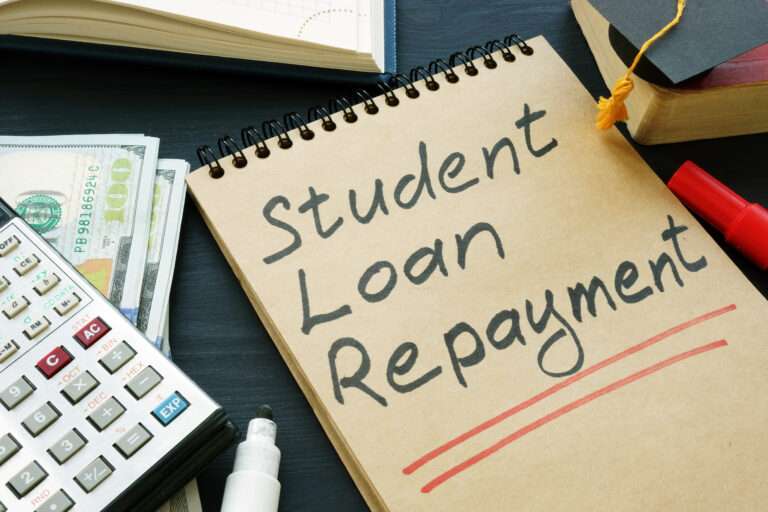The Biden-Harris Administration announced the approval of $7.7 billion in student loan debt relief for 160,500 borrowers. This measure targets three categories of borrowers: those qualifying for Public Service Loan Forgiveness (PSLF), participants in President Biden’s Saving on a Valuable Education (SAVE) Plan who are eligible for its shortened forgiveness period, and those benefiting from adjustments to income-driven repayment (IDR) plans.
With the addition of the new relief, the administration has now approved $167 billion in loan forgiveness for 4.75 million Americans.
“The Biden-Harris Administration remains persistent about our efforts to bring student debt relief to millions more across the country, and this announcement proves it,” stated U.S. Secretary of Education Miguel Cardona. “One out of every 10 federal student loan borrowers approved for debt relief means one out of every 10 borrowers now has financial breathing room and a burden lifted.”
The latest breakdown of the $7.7 billion in debt relief includes:
- $5.2 billion for 66,900 borrowers through fixes to PSLF, marking a total of $68 billion in forgiveness for over 942,000 borrowers.
- $613 million for 54,300 borrowers via the SAVE Plan, targeting those with smaller loans, with forgiveness after at least 10 years of payments if they originally borrowed $12,000 or less. This brings the total relief under the SAVE Plan to $5.5 billion for 414,000 borrowers.
- $1.9 billion for 39,200 borrowers through administrative adjustments to IDR payment counts. This addresses issues with forbearance misuse by loan servicers, bringing the total IDR relief to $51 billion for more than 1 million borrowers.

“Another 160,000 borrowers and their families will get some much-needed relief thanks to the continued efforts of the Biden-Harris Administration to fix the broken student loan system,” said U.S. Under Secretary of Education James Kvaal. “We congratulate those borrowers on their due forgiveness and we will continue to work to deliver relief to others.”
The Department of Education also updated the timing for payment count adjustments, giving borrowers until June 30, 2024, to consolidate their loans to benefit from these adjustments.
Borrowers have begun receiving emails informing them of their approvals, with the relief processing in the coming weeks.
In a related development, the Biden-Harris Administration revealed new plans in April to extend student debt relief to tens of millions more borrowers. The initiative aims to make over 30 million borrowers eligible for debt relief, including those already approved. The proposed regulations, part of an ongoing process since last summer, aim to:
- Waive accrued and capitalized interest for millions of borrowers.
- Automatically discharge debt for borrowers eligible for forgiveness under various programs.
- Eliminate student debt for borrowers in repayment for 20 or more years.
- Aid borrowers from low-financial-value programs or institutions.
- Assist borrowers facing repayment hardships.
Public comments on the first set of plans closed on May 17, with the final rule expected to be published this fall.
White House officials noted that the administration’s track record includes significant steps to alleviate student debt burdens and ensure educational loans do not hinder opportunities. Key achievements include a $900 increase in the maximum Pell Grant, protections against unaffordable career programs, and debt relief for over 1.6 million borrowers defrauded by their schools or facing institutional closures.
“Today, my administration is canceling student debt for 160,000 more people, bringing the total number of Americans who have benefited from our debt relief actions to 4.75 million,” Biden stated. “Each of those borrowers has received an average of over $35,000 in debt cancellation.”
Despite the U.S. Supreme Court striking down Biden’s initial forgiveness programs and staunch Republican opposition to erasing student debt, the comprehensive measures continue to reflect the administration’s stated commitment to easing the financial burden on students and their families, which officials declared fosters greater financial stability and broader economic benefits.
“From day one, I promised to fight to ensure higher education is a ticket to the middle class, not a barrier to opportunity,” the president declared. “I will never stop working to cancel student debt, no matter how many times Republican elected officials try to stop us.”
By: Stacy M. Brown, NNPA Newswire Senior National Correspondent









